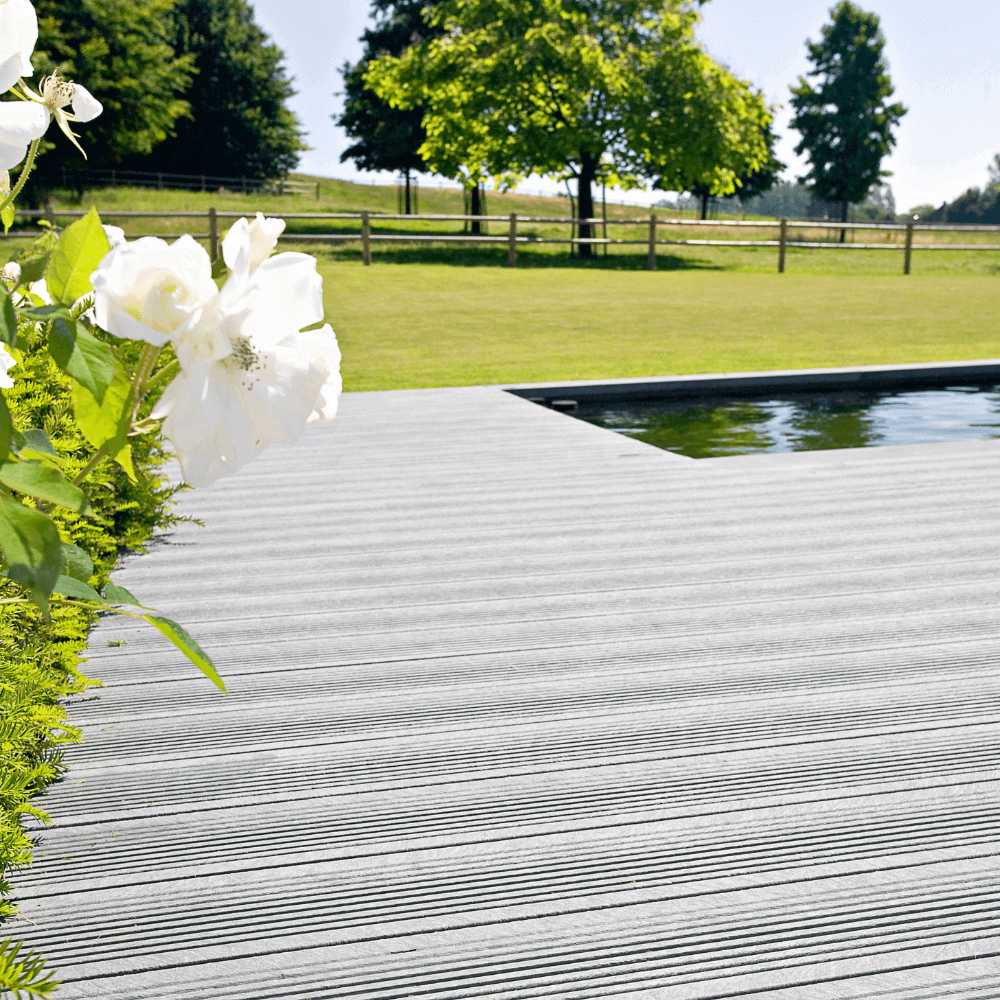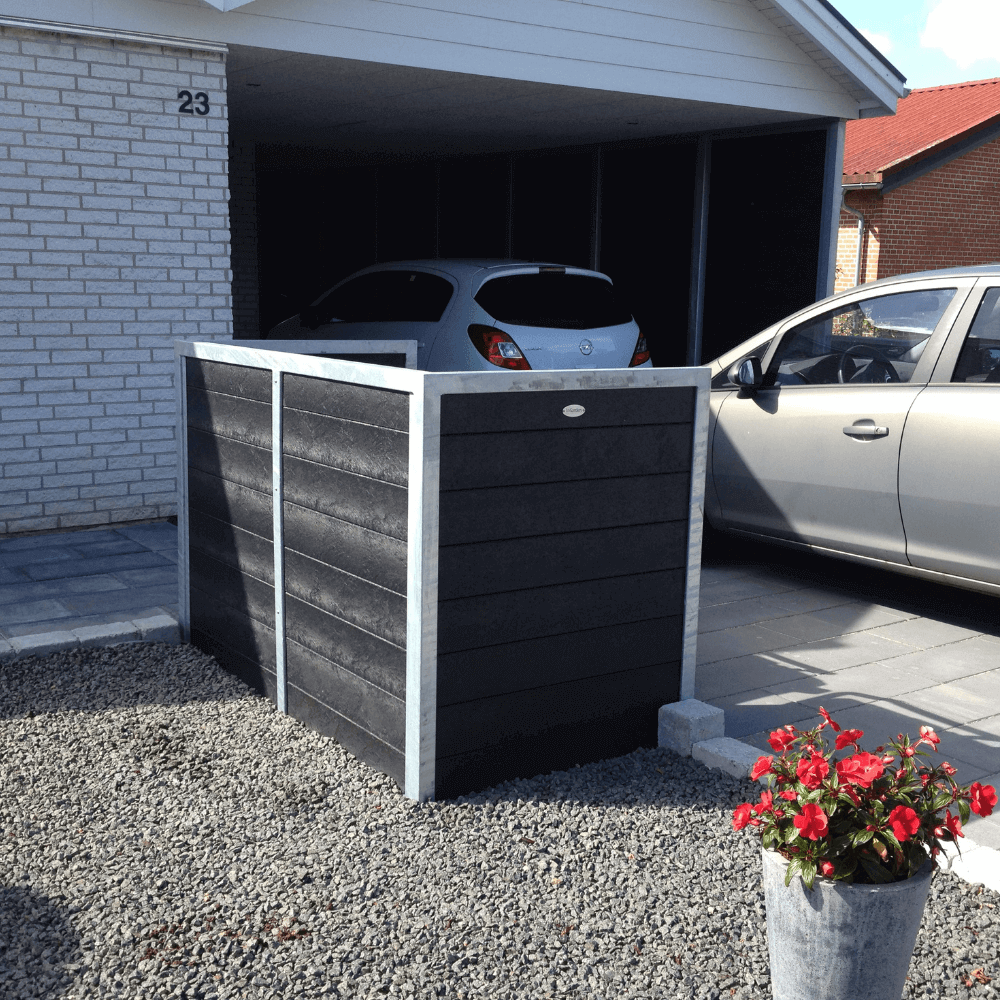Peter Norris
June 1, 2016
Wintering onions can be grown either from chives or from seeds. For me, both methods have given roughly the same result, both in terms of survival and yield, while growing from seed is by far the cheapest - so I have done so in recent years.
The picture shows red onion Fire King which has overwintered in a manure bank and harvested a few days ago to make room for planting cucumbers. Fire King has been quite successful the last few years, and quite an exquisite pleasure to have fresh red onions in early June - after which what so often happens has happened: dealer Dobies has stopped leading them! And I have not managed to find overwintering red onion seeds elsewhere on the net. To my query, however, Dobies has replied that they might want them in the range again in 2017, but I am waiting to look forward to it too much.
The row in the middle of the picture is the overwintering black Senshyu Yellow, where the peaks have just begun to settle. The other two rows are the regular black Sturon, where I once read that it was also suitable for overwintering. Survival has been roughly the same for both varieties here in the open, but Sturon has poorly begun to form bulbs yet. And since the bed will soon be used to plant vintersavoy, Sturon will probably not seek re-election as an overwintering variety.
The sowing time is quite critical. The bulbs must not become too large before winter so as not to bloom the following spring, and at the same time they must not be so small at planting that they do not survive the winter. English experience says that the optimal sowing time is August 18 - so I stick to it. It was sown in the plug box so that the roots are not disturbed by planting in October. In the open air, the bulbs get plastic for the winter, and then non-woven fabric in the early spring. Both the open air and the fog bench get an extra layer of non-woven fabric with the prospect of severe frost.








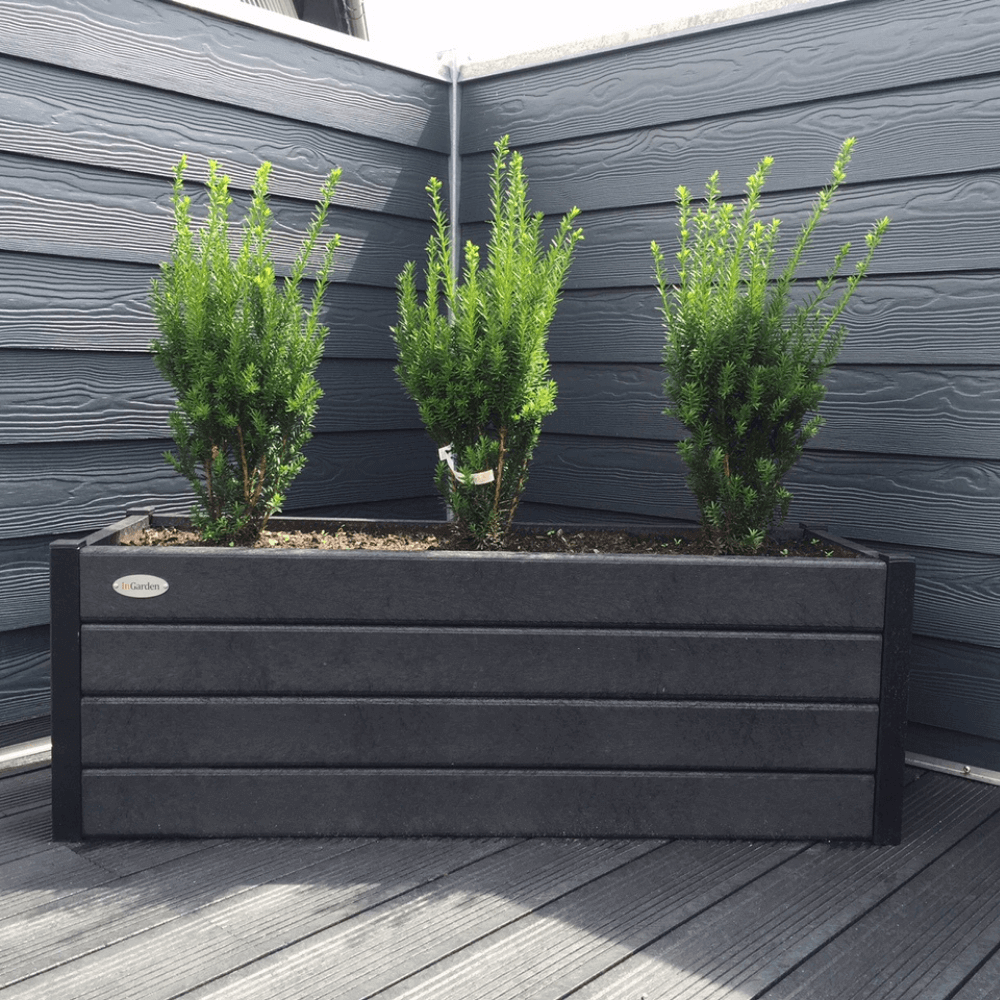
-1.backdrop.png)
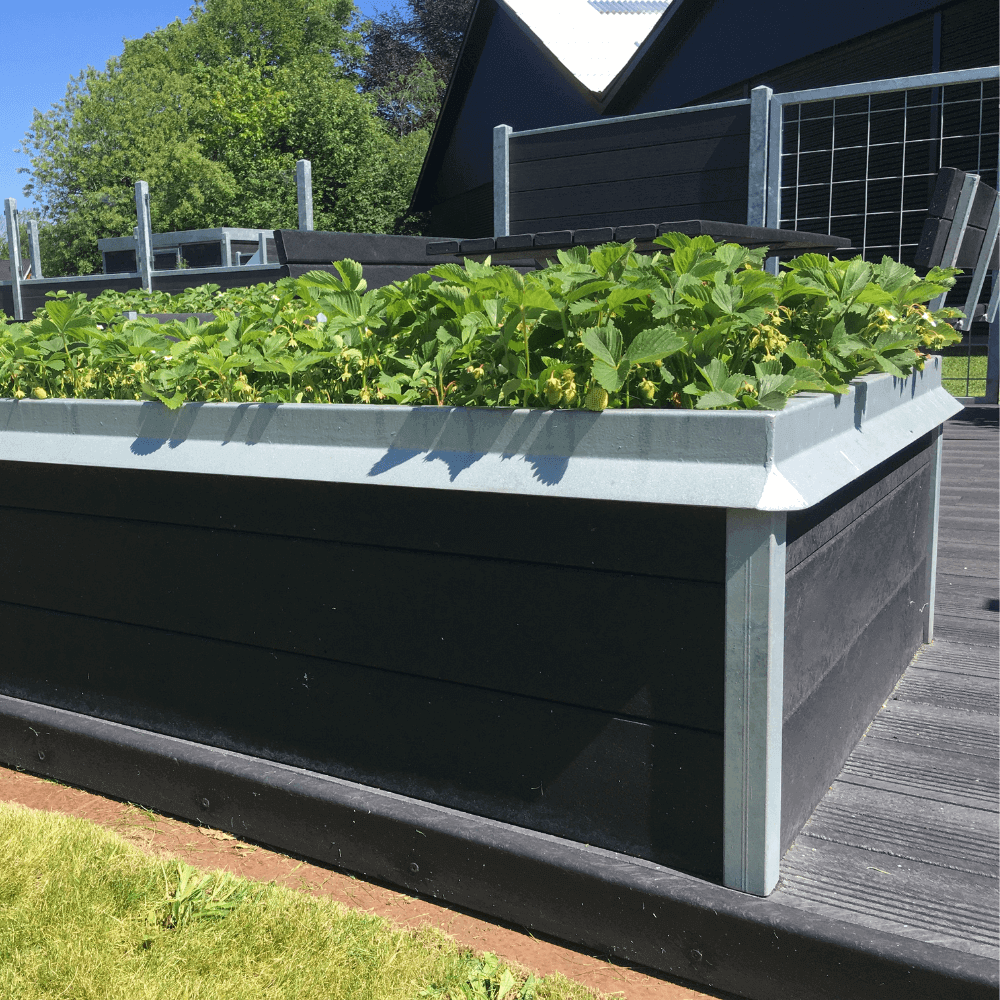
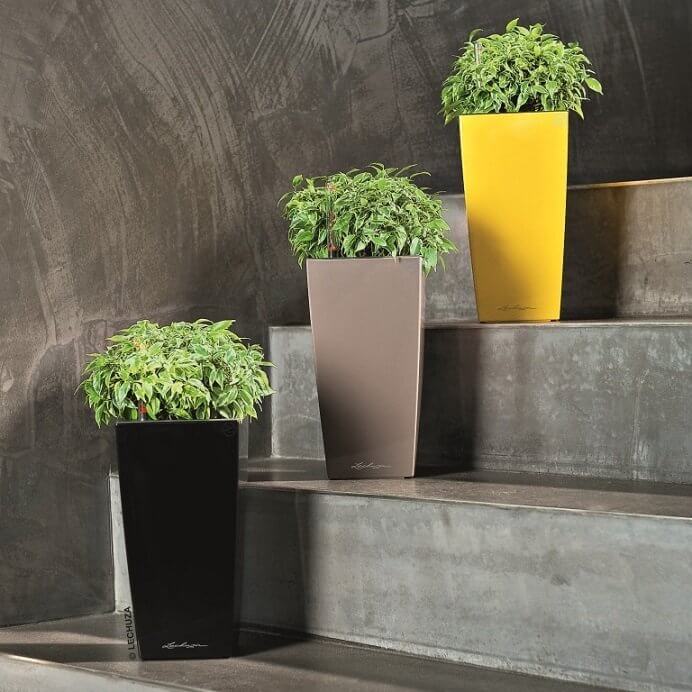
-1.backdrop.png)
